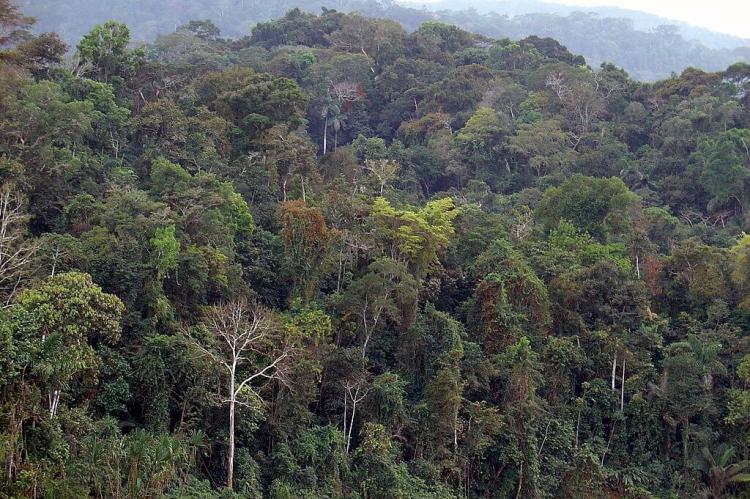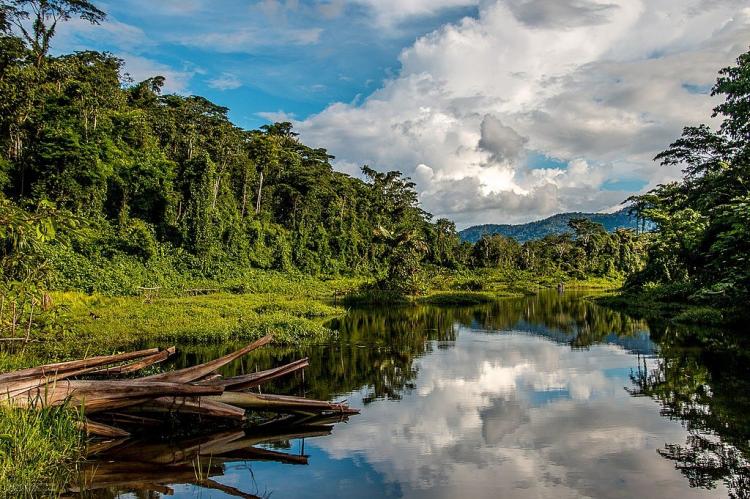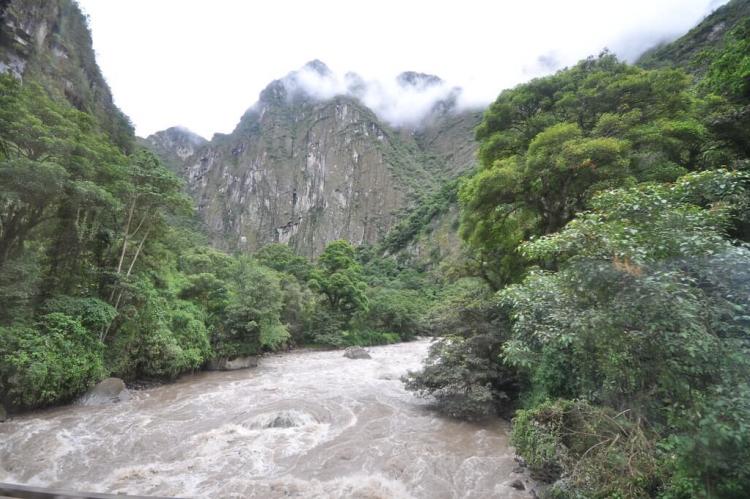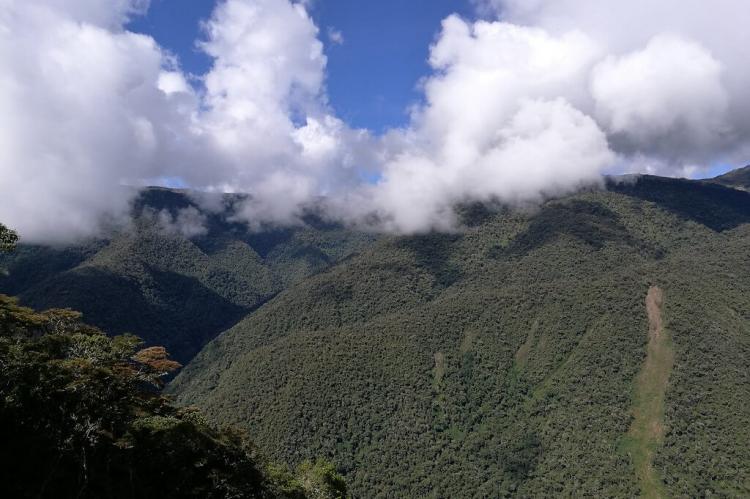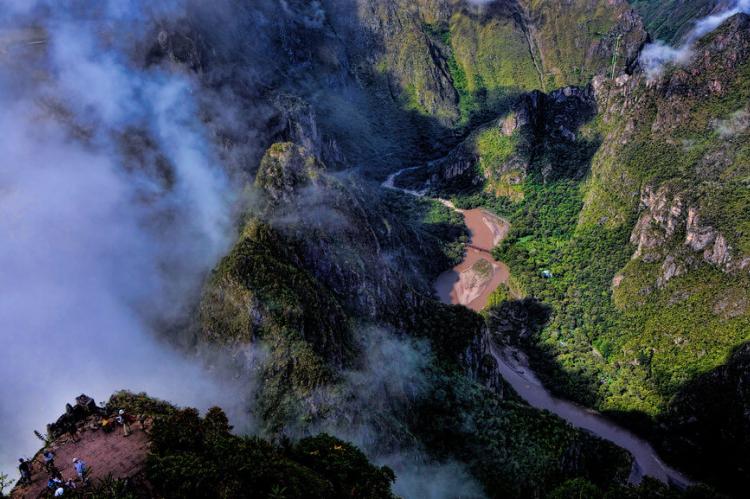The Peruvian Amazon: Navigating La Selva's Enchanting Biodiversity
Peruvian Amazonia, or "La Selva," is a vast and awe-inspiring jungle region that stretches from the Andes Mountains to the borders of Ecuador, Colombia, Brazil, and Bolivia. Peru's share of the Amazon rainforest is the second largest after Brazil's. La Selva is one of the three principal regions in Peru.
The Peruvian Amazon: Navigating La Selva's Enchanting Biodiversity
The Peruvian Amazon, known locally as "La Selva," unfolds as a vast and awe-inspiring realm stretching from the eastern foothills of the Andes Mountains to the borders shared with Ecuador, Colombia, Brazil, and Bolivia. It constitutes Peru's extensive portion of the Amazon rainforest, the second-largest after Brazil. "La Selva," translating to "the jungle," holds a special place in the hearts of Peruvians, encompassing one of the country's three principal geographic regions alongside La Costa (the coast) and La Sierra or Los Montañas (the highlands or mountains).
Geography and Landscape
The Peruvian Amazon is a captivating fusion of diverse landscapes, extending from the eastern foothills of the Peruvian Andes to the expansive rainforests of the Amazon basin. The lower slopes of the western Andes intermingle with the tropical lowlands, creating a transition zone marked by dense cloud forests. La Selva is vast, encompassing 60% of Peru's land area, yet it hosts only around 5% of its population, highlighting the region's pristine and relatively untouched nature.
Rivers and the Birthplace of the Amazon
At the heart of the Peruvian Amazon lies the origin of the Amazon River, where two mighty rivers, the Marañon and the Ucayali, converge. This confluence marks the beginning of the Amazon River, a lifeline that courses through the heart of the rainforest. Another significant tributary, the Urubamba River, contributes to the formation of the Amazon River as it flows northwards from the southern Andes, passing through iconic sites like Machu Picchu and the Sacred Valley.
Cultural Diversity and Population
The Peruvian Amazon is a haven for biodiversity and a cradle of diverse cultures. Indigenous peoples, including the Aguaruna, Cocama-Cocamilla, and Urarina, call the rainforest home, some living in relative isolation. Small cities like Iquitos and Pucallpa dot the landscape, providing glimpses of human habitation amid the lush wilderness. Other towns, including Puerto Maldonado, Moyobamba, Tarapoto, and Tingo Maria, contribute to the vibrant mosaic of Amazonian life.
Biodiversity Extravaganza
The Peruvian Amazon is one of Earth's most biologically diverse areas. Peru boasts the world's highest number of bird species and the third-largest number of mammals. Remarkably, 44% of bird species and 63% of mammal species find their sanctuary within the region's embrace. This biodiversity extravaganza encompasses a rich variety of flora and fauna, creating a dynamic ecosystem crucial to the planet's health.
Protected Areas and Conservation Efforts
The commitment to preserving the ecological integrity of the Peruvian Amazon is evident in the establishment of significant nature reserves. Manú National Park, a global symbol of terrestrial biodiversity, serves as a meeting point between the Tropical Andes and the Amazon Basin. Tambopata National Reserve, nearly one-third the size of Costa Rica, contributes to the region's conservation efforts, showcasing the dedication to maintaining the delicate balance of this ecological treasure.
Conclusion
Emerging as a true gem in our planet's ecology, the Peruvian Amazon's significance extends beyond borders. With its vast rainforests, meandering rivers, and rich culture, it encapsulates the essence of biodiversity and cultural heritage. Navigating La Selva's heart highlights the need for conservation and sustainability to ensure its survival and inspire future generations.
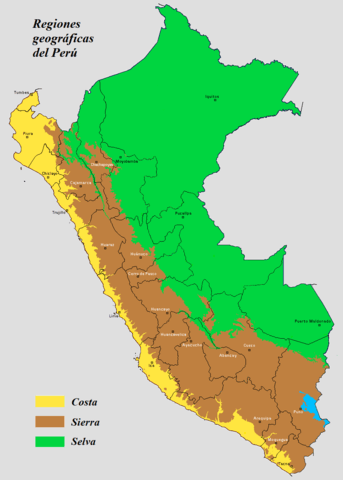
Map depicting the geographical regions of Peru, including La Selva, in green.
